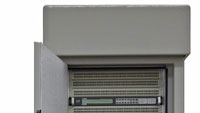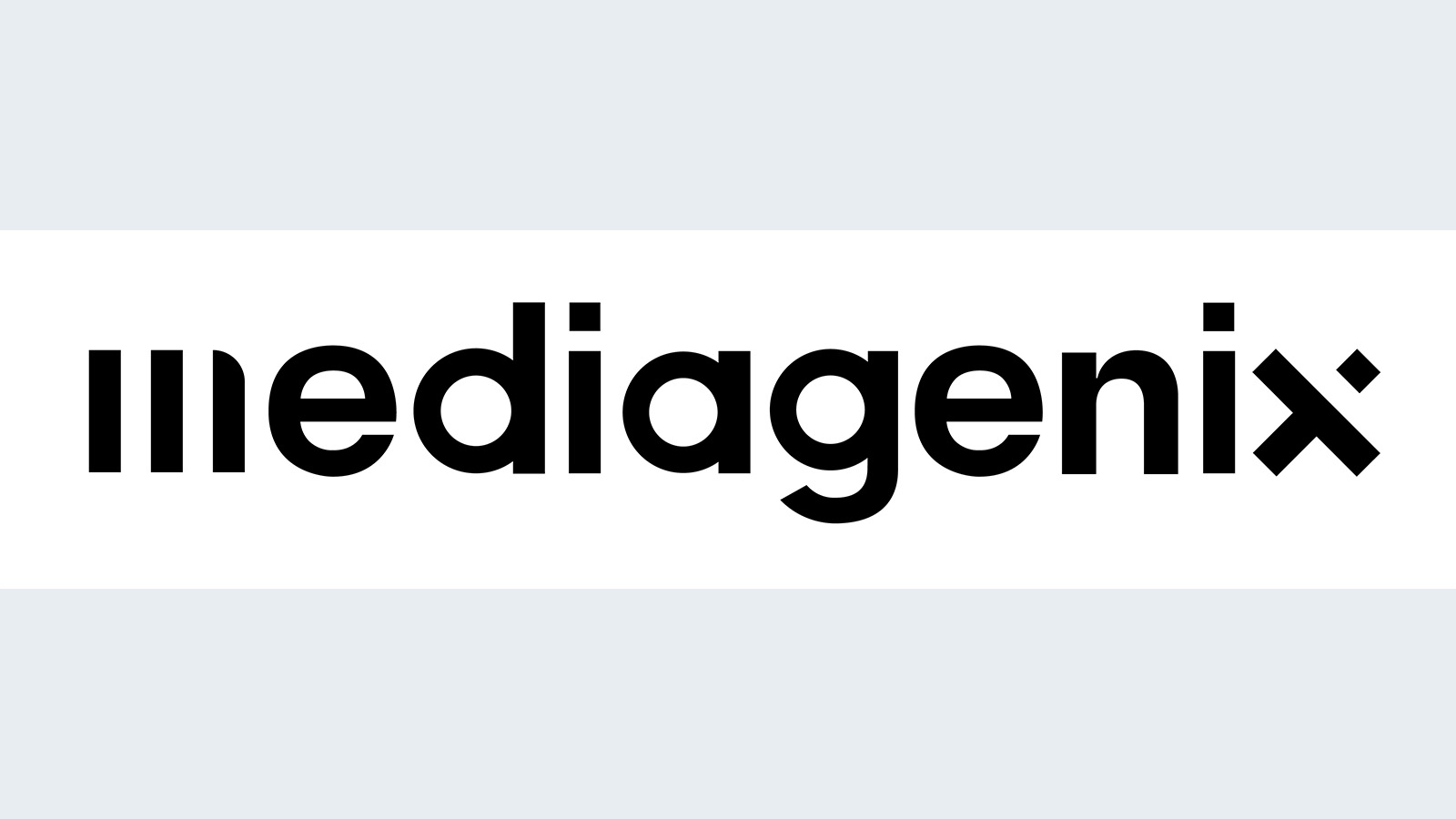Mobile television in Europe suffers from financial concerns

Solutions for delivering video programming to portable devices continued to be a hot theme at IBC this year, as it was in 2006, but the lack of a universal standard is limiting deployments, according to many companies showing mobile television products on the exhibit floor. The potential for broadcasters remains promising. At the show, Thomson predicted that there would be 125 million subscribers to mobile video services by 2015.
While many in Europe had hoped that the DVB-H format would take hold around the world, service providers in China, Japan the United States have experimented with different standards. Even in Europe, DVB-H is not the only system in trials. The BSkyB service in the UK has been testing QUALCOMM’s MediaFLO technology.
Difficult startup issues, such as the costly buildout of such services in Europe, have posed considerable — and in some cases insurmountable — challenges to commercial success, as they have in the United States. Much to the dismay of many in the mobile television industry, Modeo’s fledgling mobile video service in the New York metropolitan area recently shut down after deploying transmitters from Axcera and Harris. The service used the DVB-H standard in L-band (1670MHz to 1675MHz) spectrum. The spectrum has since been sold to Telecom Ventures, which plans a new audio-only music download service.
David Glidden, Harris’ vice president of marketing, said the company was disappointed in the failure of Modeo’s video service but continued to be optimistic about mobile television’s success in the United States and around the world. It’s already had limited success in Asia on 3G networks, he said, where several new services now are on the air and making money.
Along with Samsung, Harris continues to push its MHP protocol for local U.S. broadcasters, where virtually everyone agrees they’ll have to begin new services soon or risk being left behind by national telco carriers that already are delivering national TV shows and sports.
Rohde & Schwarz, working in partnership with LG Electronics, has supported its own mobile transmission alternative for local broadcasters, called A-VSB. The company is moving forward with field-testing to further its proposal to the ATSC. Eddy Vanderkerken, director of sales and marketing for the company’s broadcast division, said the Rohde & Schwarz will submit detailed proposals to the ATSC by October 15. The ATSC is expected to review the proposals and make a recommendation by NAB2008. Vanderkerken said he hopes the committee can come to some resolution by then, as time is running out. If broadcasters don’t develop some type of mobile TV model by mid2008, in light of the competition, it might be too late.
Transmitter manufacturers like Harris and Rohde & Schwarz need time to develop the exciters necessary to deliver the TV signals to portable devices. Rohde also makes test and measurement equipment, which many will need to ensure signal compliance. At IBC2007, all transmitter manufacturers, including Harris, R&S and Thales (Thomson) said they would support whatever standard the ATSC picks.
The professional video industry's #1 source for news, trends and product and tech information. Sign up below.
It’s becoming clear, however, that the use of single-frequency networks, like the one deployed by Modeo that used multiple low-powered transmitters, might be the best option for any type of reliable mobile video service. It’s been suggested that the single “big stick” approach used by stations today won’t be adequate, especially in urban areas where RF propagation can be problematic. A single transmitter with multiple repeaters located around a coverage area might be the answer.
